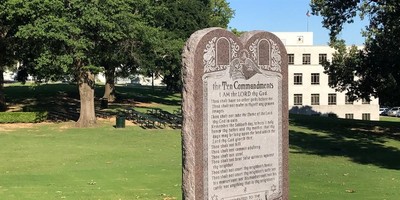The night before he wrote in his journal that he “expected every Moment our Raft to sink, and ourselves to perish.”
Washington did not perish but he did fall into the frigid river after hastily constructing the raft with Gist. They swam to a small island and the next morning crossed the ice-covered channel to Shannopins Town, no worse for the experience.
It was one of many times that Western Pennsylvania has played a dramatic role in shaping our republic.
Since its days as the wild west of the colonies, this area and its people have retained distinct characteristics. It was defined early on by its distance from Philadelphia, and it became a large settlement of Scots-Irish with their individualist way of life.
The forks of the Ohio and the 13 counties surrounding them became the epicenter of American industry beginning with the Civil War and lasting well over a century. In the late 20th century, the region rebuilt itself into a technology and health-care center.
In between those two periods, it has played important roles in successive wars (such as producing Gen. George Marshall of Marshall Plan fame) while maintaining its cultural roots.
In fact, it is hard to find a past or present major event that does not have some Western Pennsylvania connection.
The region has done it all with one exception: It never produced a U.S. president.
That may be about to change.
Although the region is politically stereotyped as union Democrat, four men considering a run for the Republican presidential nomination are from Western Pennsylvania; three come from working-class families.
Recommended
U.S. Rep. Ron Paul, now of Texas, was born and raised in a Pittsburgh suburb; his son Rand, a freshman U.S. senator from Kentucky, lived here until age 5. Both have hinted to varying degrees that they may seek the GOP nomination.
Indiana Gov. Mitch Daniels was born in the industrial area of the Monongahela Valley and spent Christmas holidays and parts of his summers with his grandparents attending baseball games at Forbes Field or their neighborhood’s much-anticipated Syrian picnics.
And former U.S. Sen. Rick Santorum spent most of his childhood on the Butler Veterans Hospital compound where both of his parents worked.
The stereotype of Western Pennsylvanian politicos as Labor Democrats was shattered in January when three rust-belt Republicans were sworn in as the governors of Ohio, Indiana and Pennsylvania. Like Indiana's Daniels, Ohio's John Kasich and Pennsylvania’s Tom Corbett were born to working-class Democrat families in Western PA.
Daniels said in an earlier interview that the values he learned from his parents, both Mon Valley natives, are the same ones that Main Street Americans use in their everyday lives.
“They balanced their checkbooks, they wanted better lives for their children and they did not live beyond their means,” he explained.
If the elder Paul decides to run again for president, his son is unlikely to challenge him; in fact, the Senate freshman already has filed for re-election to that seat, which is not up for grabs until 2016.
Santorum has been most active of these four potential contenders, making scores of visits to the early primary and caucus states of Iowa, New Hampshire and South Carolina.
Daniels has been less visible, yet he clearly wowed young conservatives at the annual CPAC conference in February and continues to gain national attention.
Our first president returned to Western Pennsylvania several times following his icy plunge; his only battlefield surrender occurred just south of Uniontown (and led to a worldwide conflict, the French and Indian War).
As president and commander-in-chief, he and his Treasury secretary, Alexander Hamilton, sent troops here to suppress the rebellious Scots-Irish who were irate over the taxing of their whiskey trade.
Years earlier, as a young surveyor, Washington acquired more than 58,000 Pennsyvanian acres; he laid out one town here, Perryopolis, in the shape of a wagon wheel.
Legend has it that he wanted it to become the nation’s capital.

























Join the conversation as a VIP Member